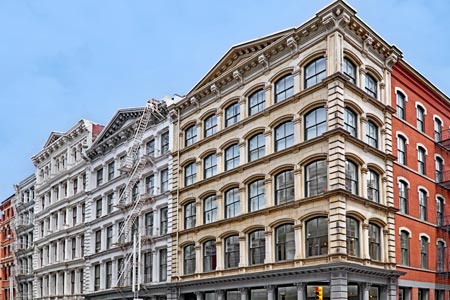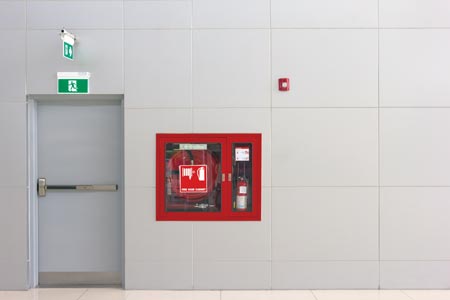Building Codes: Fire and Life Safety Challenges in High Rise Structures
By Bill Ivey
Principal Consultant
Every three years the International Code Council (ICC) publishes a set of model building codes, which includes the International Building Code (IBC), the International Mechanical Code (IMC), the International Plumbing Code (IPC), the International Fuel Gas Code (IFGC), the International Fire Code (IFC) and several more.
Code Adoption
These codes become mandatory upon formal adoption by local jurisdictions, including states, cities and towns. Adoption methods vary: some jurisdictions adopt model codes verbatim, others with modifications, and a few maintain their own organic codes, though this is less common than before. Despite these differences in codes, authorities still strive to meet building design and maintenance requirements deemed essential to public health and safety.
Grand-Father Approach
In this country, there are a lot of high-rise buildings, many of which are of different vintages. Since the codes are updated every three years, the buildings are often designed and built under different versions of the codes. For many years, most buildings, including high-rises, were “grand-fathered” or exempt from meeting the current code. However, with almost every high-rise building fire, particularly those with injuries or fatalities, authorities were forced to rethink the grand-fathering approach. To address the most urgent and critical issues, it became necessary for authorities to prioritize retrofitting key building features in existing buildings.
Fire and Life Safety Challenges
In all buildings, proper egress for occupants is of the utmost importance. The safety of first responders is the next key improvement. Also paramount is the installation of fire sprinklers, which first improve life safety, but are also key to property protection.
The events of September 11, 2001, highlighted key fire and life safety challenges, particularly the need for hardening exit stair enclosures and elevator shafts in high-rise buildings. Elevator improvements are crucial for swift and safe firefighter operations during a fire.
Over many decades, important lessons have been incorporated into building code requirements. Hence, our vintage and contemporary high-rise buildings are being made increasingly safer.
For many years, most buildings, including high rises, were “grand-fathered” or exempt from meeting current code.
The events of 911 helped highlight key fire and life safety challenges, particularly the need for hardening exit stair enclosures and elevator shafts in high rise buildings.







